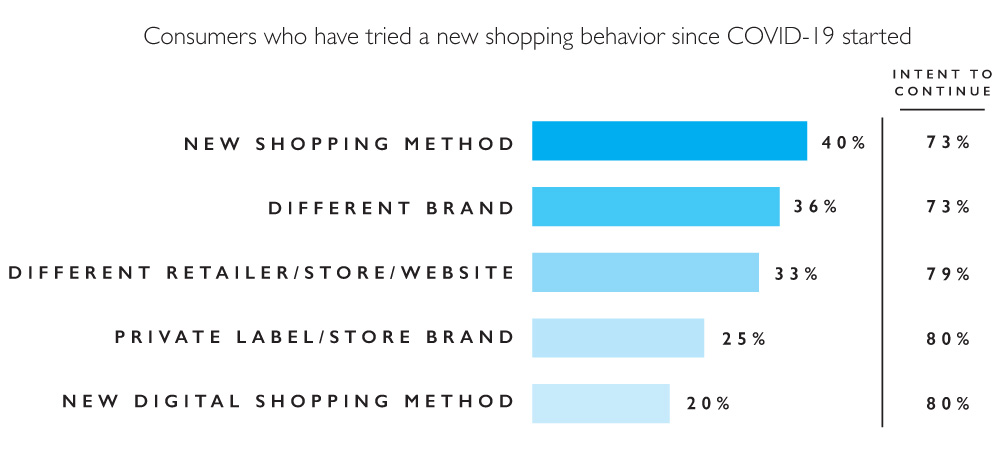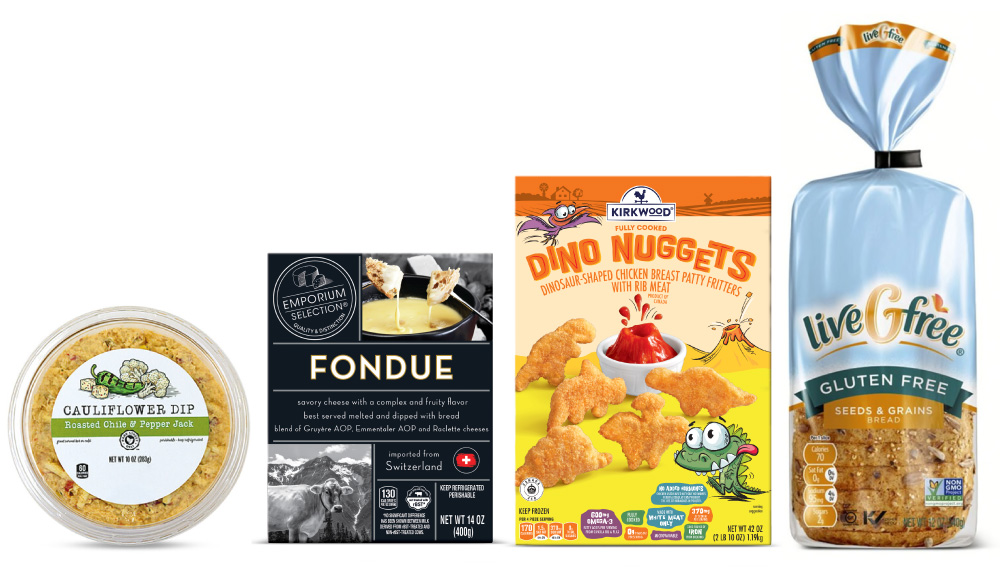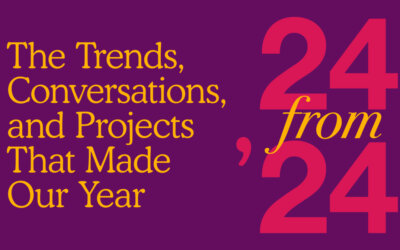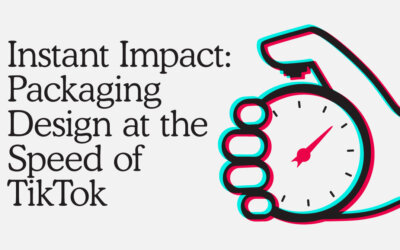CPG Trends
Adapting To What’s Next
The 3 changes to CPG Design

David Ball
Group Account Director
May 16, 2022
The world of design and branding is one of never-ending changes, but that’s what keeps it so exciting and challenging…in a good way! Over my tenure, I have worked for a range of agencies and clients, and all of them have pushed me to address and adapt to their various business needs. What I’ve observed over the past years is how the design industry has collectively shifted towards lower budgets, faster timing, and agency downsizing. Due to the confluence of these changes, here are the three most significant trends I’ve observed.
01.
The first, and perhaps biggest, shift I’ve noticed is that clients have reduced the amount and role of qualitative and quantitative research. In the past, clients would typically conduct multiple rounds of qualitative research in several markets to refine their designs based on these learnings. These days, however, most clients forgo this traditional model and instead conduct a quick round of qualitative or quantitative research for a “gut check” before launching their lead design. This may be the result of C-Suite executives viewing their internal teams as the “experts” and therefore do not need to seek external sources for feedback and insights. Moreover, speed to market is key to winning the innovation race among CPGs which has led to fewer and more nimble steps across
design projects.
02.
The second area is the evolution of private label design. Historically, private label design has been viewed as boring, generic and brand-less. Today, I believe private labels have far surpassed the quality of its larger competitors as they develop and focus on their own brands versus chasing and copying CPGs. For example, Target has strategically curated their brands while elevating the quality of their packaging design. More specifically, their Good&Gather brand illustrates how private labels can meet specific consumer needs at the first moment of truth via a contemporary, consistent and powerful design. Furthermore, ALDI may have made the biggest leap in the private label world: As you walk their aisles, you are quickly impressed with the quality and impact of their brands. No longer a world of “knock offs” and “me toos,” ALDI has evolved into a strong portfolio of brands with aesthetically pleasing and sometimes whimsical designs. As a result, this diligent and strategic work has drawn in new and incredibly loyal consumers who drive huge increases in sales.

Shock to loyalty
“The crisis has prompted a surge of new activities, with an astonishing 75 percent of US consumers trying a new shopping behavior in response to economic pressures, store closings, and changing priorities. This general change in behavior has also been reflected in a shattering of brand loyalties, with 36 percent of consumers trying a new product brand and 25 percent incorporating a new private-label brand. Furthermore, some 80 percent of customers who started using a private brand during the pandemic indicate they intend to continue using it once the COVID-19 crisis subsides.”
McKinsey & Company, COVID-19 US Consumer Pulse Survey—June 2020
03.
Lastly, the third trend I’ve observed is the dramatic growth of small independent agencies while large holding companies downsize and design leaders leave to start their own firms—and bringing their clients with them. A few years ago, these smaller agencies were flying under the radar, but they have truly become a force to be reckoned with. Because they don’t have the overheard of larger companies, they can provide high quality work at a lower cost which meets the decreasing budgets from clients. In this way, the “handcuffs” have been removed for these agencies, which means they can pursue their passion for design without the financial constraints of the holding companies. With all of the downsizing and restructuring of the large holding companies, I think the smaller agencies are better able to deliver on agility and will become the innovative leaders that will shape the design industry in the years to come.
The future of design is as bright as ever, but it may not look the same. Change is the only constant in the world, and I think we all need to incorporate these new trends and perspectives in the work we are doing. While change can be scary, it can also push us out of our comfort zone to think differently and continually deliver design solutions that blow our clients away. At the end of the day, we all know this industry is full of passion, never-ending changes and crazy timelines, but that’s why we love it. I look forward to seeing all of the great work that my friends and colleagues, clients and competitors, produce over the next few years. As the saying goes, “Fasten your seatbelt, it’s going to be a bumpy ride” as we take this fantastic and inspiring journey together!

More Insights
24 from ’24
Curious about the biggest trends and moments that shaped 2024? From viral consumer habits to industry innovations, our year-in-review dives into the stories that kept us inspired—and what they mean for the future.
Packaging Design at the Speed of TikTok
TikTok is transforming how brands approach packaging design, with trends moving faster than ever. Discover how CPG brands can keep up with this rapid pace, capitalize on viral moments, and stay ahead in an ever-evolving consumer landscape.
From Pixels to Prototypes: The Role of Physical Design in a Digital Age
AI tools are transforming product and packaging design, offering efficiency and accessibility. However, they can’t replace the value of physical prototyping. Discover how we combine AI’s creativity with hands-on experimentation, ensuring our designs resonate with human experiences.


